Fish: fish fishing | angler fish | goldfish |
Basic Features:
Pisces is a Class in the Subphylum vertebrata of the Phylum Chordate, so they have all of the characteristics of both of these groups in addition to the following:
Pisces is a Class in the Subphylum vertebrata of the Phylum Chordate, so they have all of the characteristics of both of these groups in addition to the following:
- Skin covered in scales
- Ectothermic, cold blooded
- Soft shelled eggs that must be laid in water
- External fertilization
- All members are fully aquatic
- Limbs modified into fins
- Gas exchange through gills
Kingdom - Animalia
Phylum - Chordata
Subphylum - Vertebrata
Class - Pisces
The group includes:
The status of fish groups, whether they are Classes, Orders, infraorders, subclasses etc. is something that is currently changing and somewhat confusing as to what they should be called. I have named some of the major groups without saying which level the group is (class, order, etc.) as doubtless the hierarchy will change whereas the names are relatively constant. The following list is representative but not complete.
- Cyclostomata - no jaw so the mouth cannot close, retractable teeth - hagfish and lampreys
- Elasmobranchii - no swim bladder, teeth in several series, heterocercal (vertically asymmetrical) tail - sharks and rays
- Sarcopterygii - fleshy finned fishes (ancestors of tetrapods) - Coelocanths, lungfishes
- Actinopterygii - ray finned fishes, fins are skin supported by a number of bony spines or rays
- Teleostei - moveable lower and upper jaw, homcercal (symmetrical) tails - Most living fishes are members of this group
- Anguilliformes, reduced fin number, dorsal, anal and caudal fin often fused to make a ribbon running much of the upper and lower length of the body - the true eels
- Clupeiformes, include many important food fish, usually silvery, schooling, plankton-eating and pelagic- herrings, sardines, anchovies
- Cypriniformes, mostly fresh-water - carp, goldfish, minnows
- Siluriformes, prominent barbels around the mouth which resemble the whiskers of a cat - catfish
- Protacanthopterygii
- Salmoniformes, all members spawn in fresh water, though many spend much of their lives in the sea - salmon, trout, char, graylings
- Esociformes, mainly ambush predators and highly adapted as such - pike
- Lampridiomorpha
- Lampriformes, oceanic pelagic feeders - oarfish, opah and ribbonfishes
- Paracanthopterygii
- Lophiiformes, a fleshy growth on the head of the fish is used a lure - anglerfish
- Gadiformes - cod, burbot, hake
- Acanthopterygii
- Mugiliformes, identifiable as they have two dorsal fins and no lateral line, detritivores - mullet
- Beloniformes, includes the flying fishwhich have greatly developed pectoral fins into wings for gliding
- Tetraodontiformes, mostly found in the sea around coral reefs, many departures from the normal streamlined fish shape - file fish, puffer fish, box fish, oceanic sunfish
- Pleuronectiformes, flatfish, asymmetrical fish, both eyes lie on one side of the head - halibut, flounders, plaice, sole
- Scorpaeniformes, - lion fish, scorpionfish, stone fish
- Perciformes 40% of all fish species - bass, cichlids, gobies, gouramis, mackerel, perch, tuna, bonito, whiting, wrasse
- Teleostei - moveable lower and upper jaw, homcercal (symmetrical) tails - Most living fishes are members of this group
What do fish eat?
As in many animal groups, between them all fish eat a whole range of different foods. Some fish are specialists on just a few sorts while others are generalists. The specialists often have very highly adapted mouths and teeth to enable them to feed more efficiently on their particular types of food. Here are some examples amongst the variety of carnivores, omnivores and herbivores:
What eats fish?
Fish are an important part of many food chains and webs. Many terrestrial or partly terrestrial animals such as birds, bears, reptiles etc. also feed on fish so their food webs stretch beyond the water.
The biggest natural consumers of fish are other fish.
Most fish are not cared for by the parents, the eggs are fertilized externally and often left to drift in the water, particularly at sea, though may stick to rocks where in some cases the parents may waft water over them to ensure they survive and hatch. After hatching the care of even this small number of fish mainly stops and the young larval fish are on their own.
As fish start off so small, in large quantities (Atlantic cod lay around 5 million eggs in a single spawning for example) and are on their own, this means that they are eaten by all manner of other fish and invertebrates of all sizes with a huge mortality in the early larval stages particularly when they are part of the plankton.
FISH IN PAKISTAN
Fisheries contribute a significant amount of value to economy of Pakistan, and apart from that, it is one of the popular hobbies in several parts of the country. In Sindh and coastal areas of Baluchistan, fishing is widely regarded as a hobby and nearby dwellers practice their this hobby whenever they get some time for this activity.
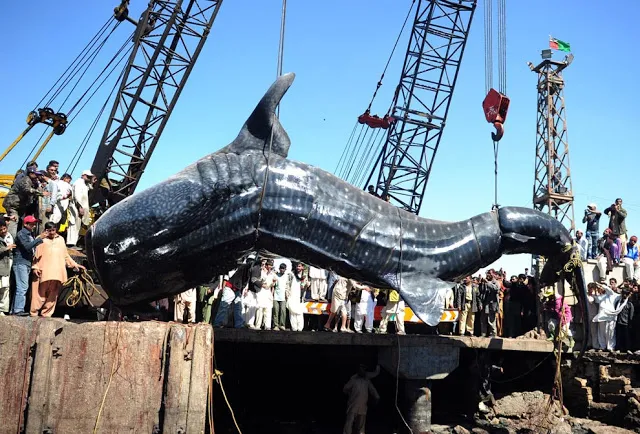 |
Fish: fish fishing | angler fish | goldfish | |
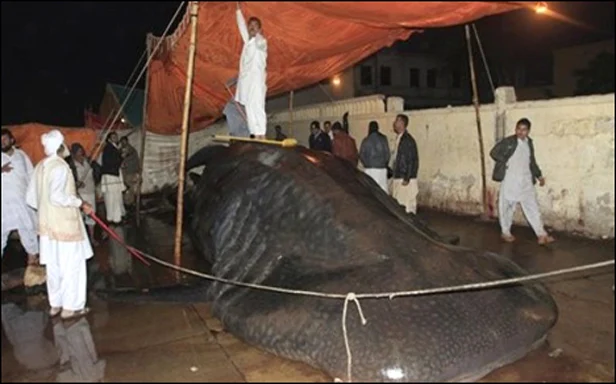 | |||
sperm wahale | | killer wahale | | wahale | |
 |
Fish: fish fishing | angler fish | goldfish | |
 |
Fish: fish fishing | angler fish | goldfish | |
 |
Fish: fish fishing | angler fish | goldfish | |
 |
Fish: fish fishing | angler fish | goldfish | |
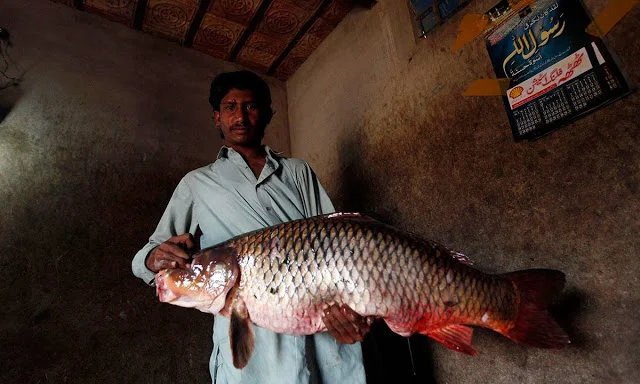 |
Fish: fish fishing | angler fish | goldfish | |
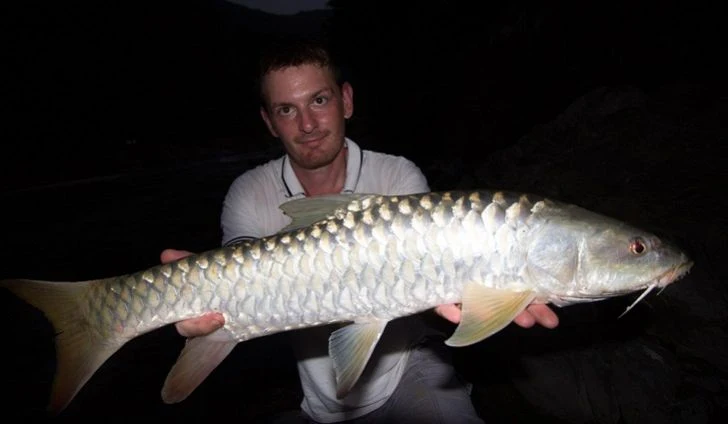
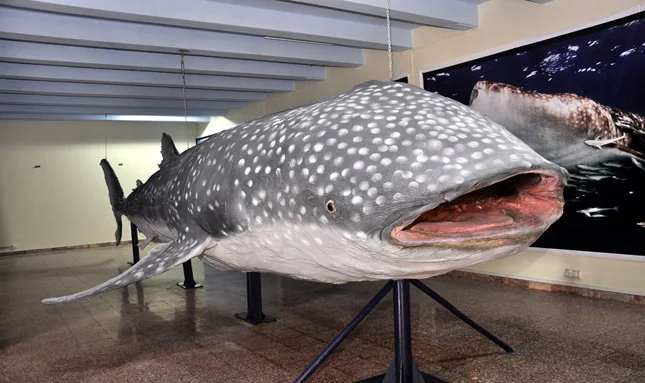














Post a Comment